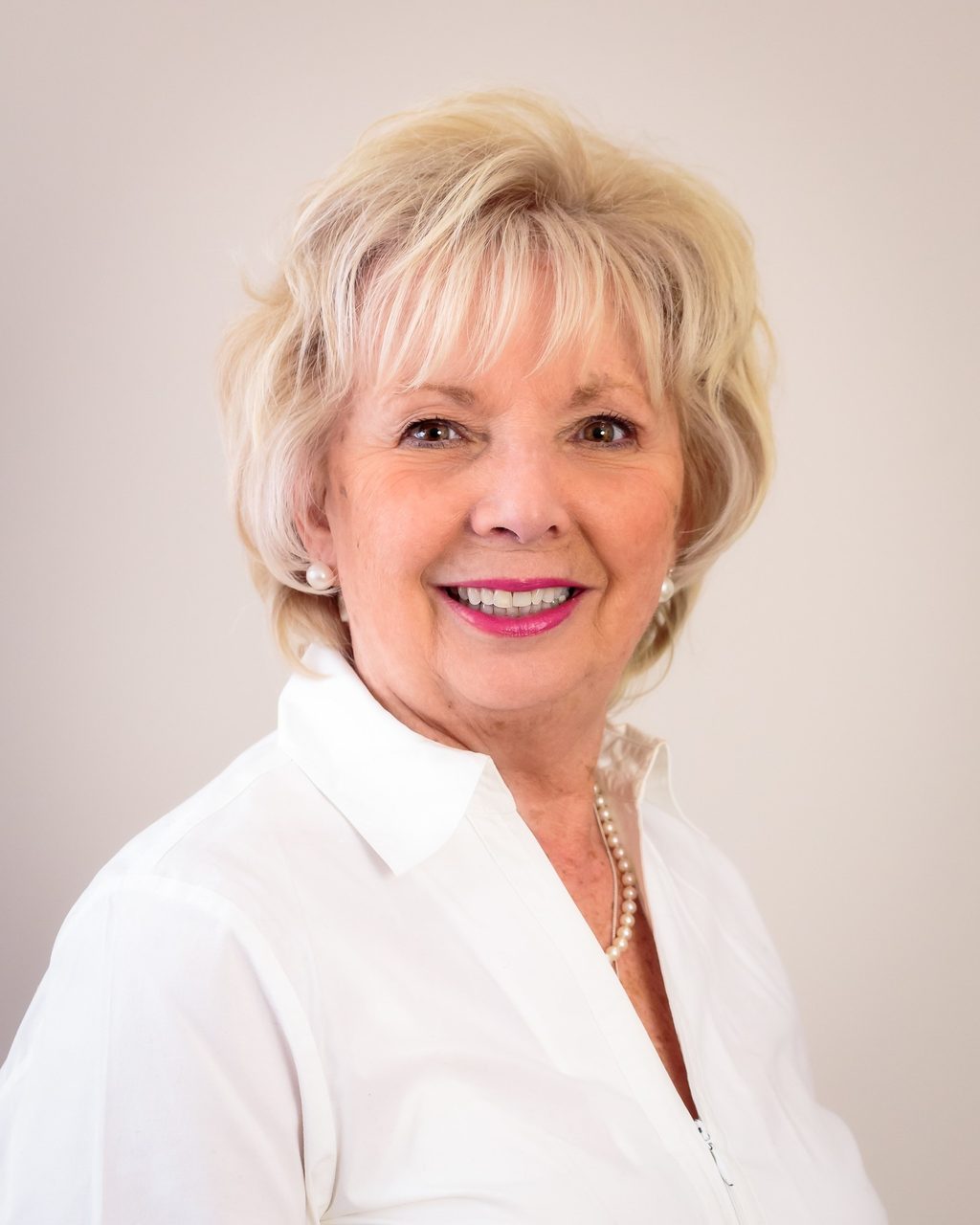// Facility Design //
There’s a growing demand for custom cabinets
Going 'Off the Rack'
When it comes to data storage and server racks, sometimes off the rack isn’t the best way to stay on track.
In practice, there are many circumstances in which standard racks and cabinets might not be up to the task — for example, cable-heavy data centers, facilities located in areas prone to earthquakes or other vibration, or in spaces that make the homes on HGTV’s "Tiny House, Big Living" look like mansions. Sometimes, specialized storage is needed to easily repurpose it from one location to another.
Fortunately, the data storage logistics industry has been moving toward more customizable solutions, in order to respond to evolving customer and industry needs. A one-size-fits-all cabinet really isn’t competitive anymore, particularly as demands from data-intensive sectors, like telecom, health care, and financial services, run up against ever-increasing cloud storage needs.

When it comes to data storage and server racks, sometimes off the rack isn’t the best way to stay on track.
Photo courtesy of GAW Technology
Data center managers need to know that suppliers are listening to their concerns, so there’s no longer an excuse to settle for over-packed cabinets, top-heavy shelves, or a plate of spaghetti running behind it all because there’s not enough space inside. Some of the forces driving the demand for custom cabinetry are listed below.
- Floor layout and data center design — Simply put, the smaller the facility, the more custom cabinets are needed. Standard rack width of 24 inches might not cut it, especially for government use and other industries that need to maximize floor space. High, or even low, ceilings can also determine rack design. In some cases, data centers — like small cities bound by rivers or marshlands — need to build up rather than out, and that’s when narrow cabinets earn their stripes.
- Seismic activity — There was a time when data centers in areas prone to earthquakes had to look high and low for seismic-certified racks. Now, many off-the-rack solutions have some degree of vibration damping. The only remaining issue is how much damping is needed, and that’s where customization comes in. A rack that’s Zone 4 NEBS-certified for 1,000 or 1,500 pounds might suffice for data centers adjacent to airports or in industrial parks near active railroad tracks. However, racks earthquake-tested to 2,500 pounds are required in areas, like California or other seismic hot spots. Another feature to look for is solid-sided construction and seismic bolt-down bases.
- Equipment weight — As manufacturers build smaller routers and servers, more can fit into racks, which is good news. But, the bad news is that more of equipment is being packed in, so issues pertaining to weight and density are beginning to crop up. Where standard weight capacity would be 1,000 pounds, a custom cabinet might accommodate up to 3,000 pounds with even weight distribution to prevent racks from becoming too top-heavy.
- Mobility — Some industries or companies might have to keep portable racks on hand to test servers in different locations. Or, the military might need to move servers around a war zone. Data racks that are sized for carrying onto airplanes are a necessity for these applications. A 19-inch case would be typical, but some manufacturers can customize these even further.
- Heat and cable management — Cables are always an issue. Ensuring they are secure, accessible, and easily traceable is a must. But, with more servers comes more cables and heat. Many off-the-rack racks don’t address these issues. Custom cabinets can include sufficient cable space and airflow, which can save time, money, and aggravation. A depth 42 to 48 inches versus the typical 36 inches can go a long way toward overcoming these challenges.
Not all of these points will apply to every data center, but just one or two of them might justify getting specially made cabinets. Custom units can make life easier for the long term too. Seismic cabinets can be shipped anywhere, for example, which prevents logistical headaches. Same with narrow racks or units rated for heavier loads — they might not be essential today but could come in handy in the future.
Likewise, the “one-box solution” of a customized unit allows facilities o get up and running fast. The convenience of having cable management and fan and air containment incorporated in the finished product can’t be overstated. No one wants to ship their units out to be customized after the fact; the process can be rife with delays, not to mention, it adds to the company’s carbon footprint.
So what’s the main takeaway? Planning for the future with data storage solutions is never a bad bet. It’s likely no one has ever been called on the carpet for going the customized equipment route.
The realization that disparate customers across industries have different needs has fueled the move to customization. And as these industries continue to evolve, savvy manufacturers will keep making racks that are location-agnostic and ready to roll upon arrival.
Kathy Betz
Kathy Betz is president of GAW Technology. The company manufactures and sells standard and custom data center cabinets, racks, air containment, cable assemblies, power solutions, and accessories.
Photo courtesy of Pixabay

